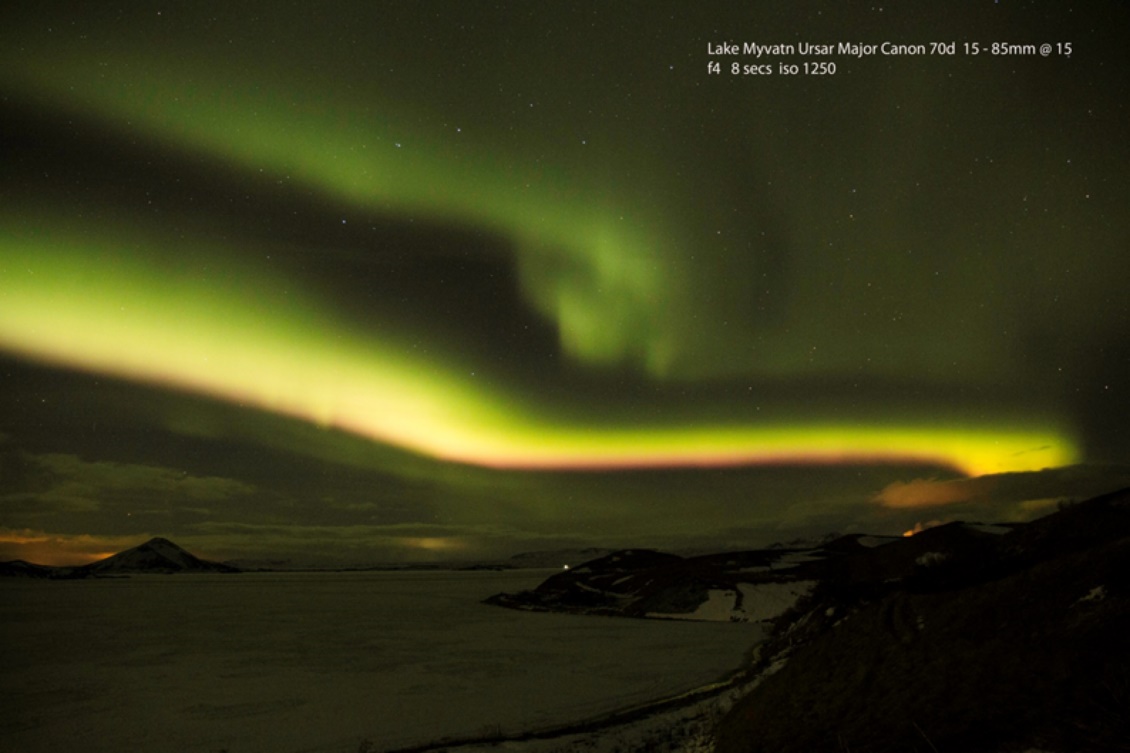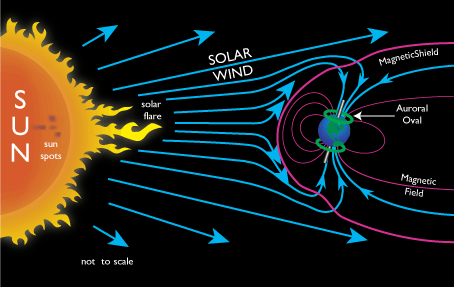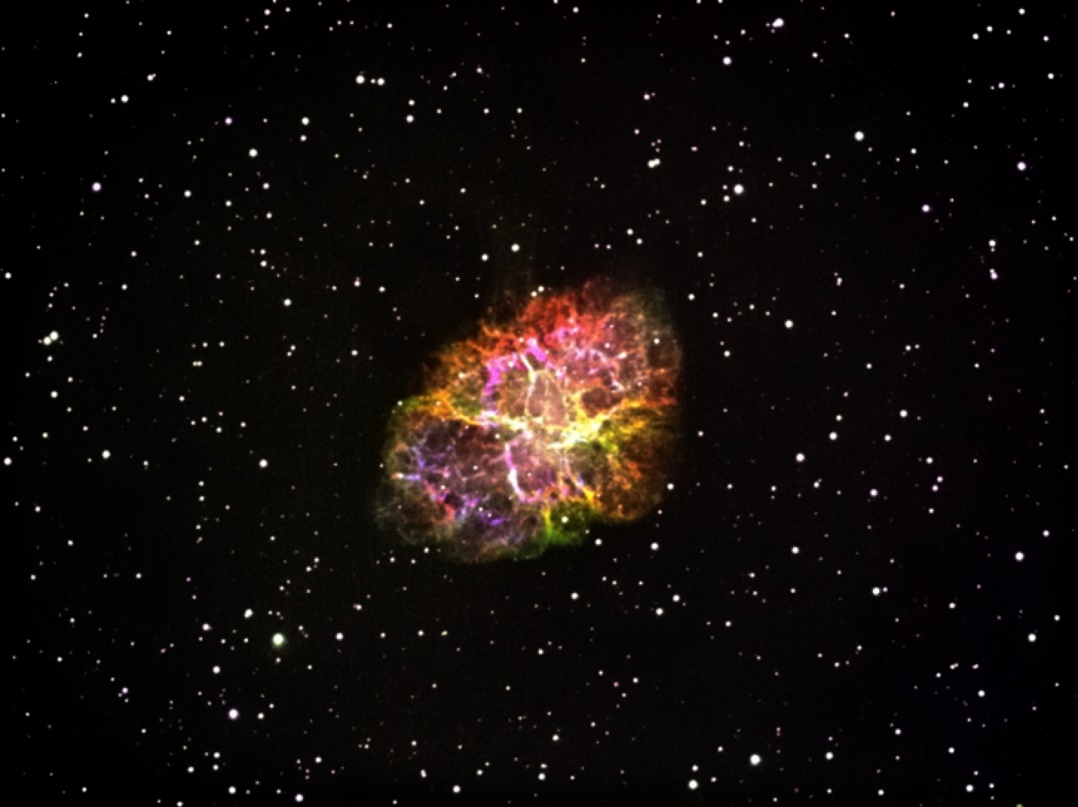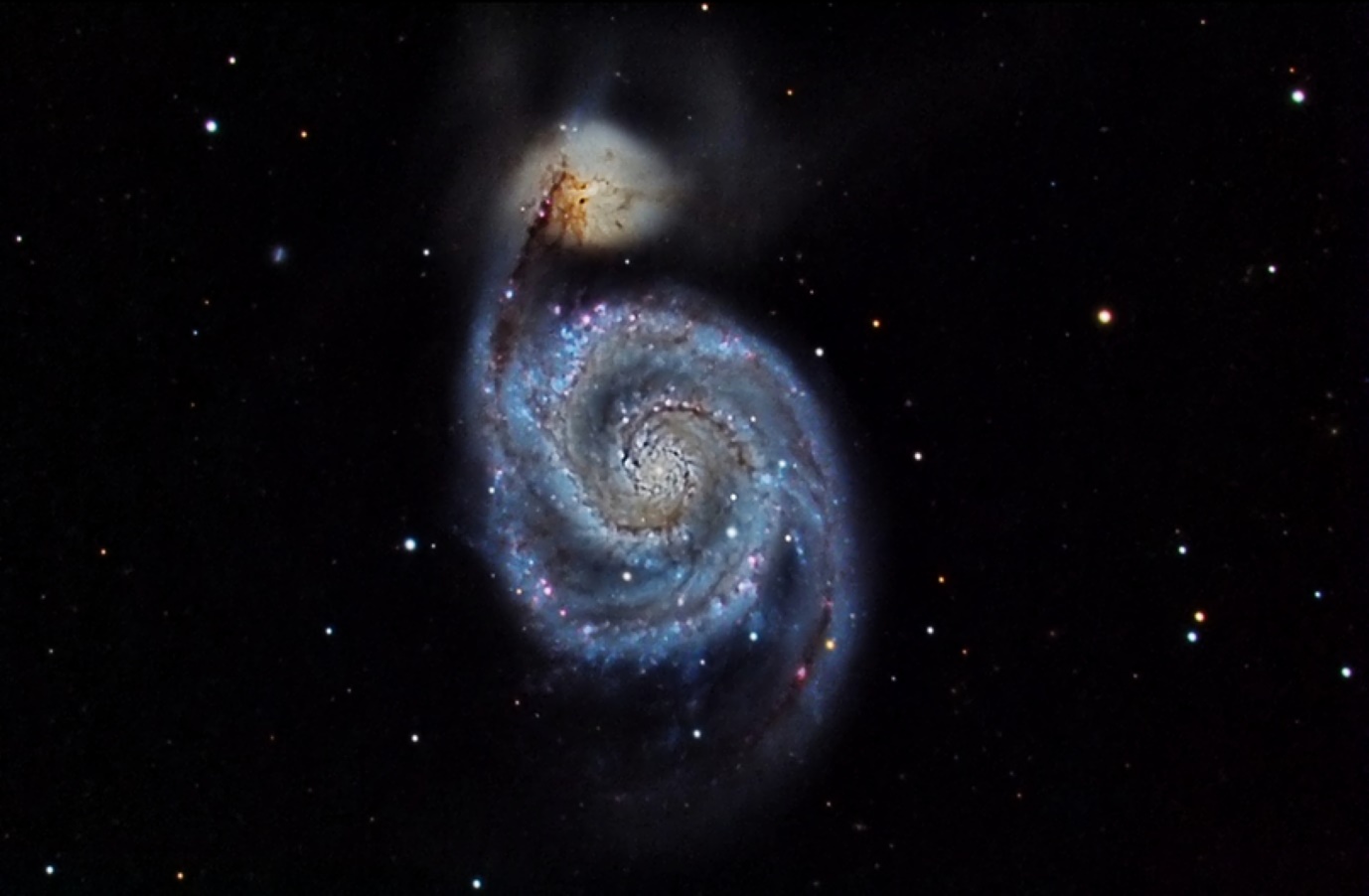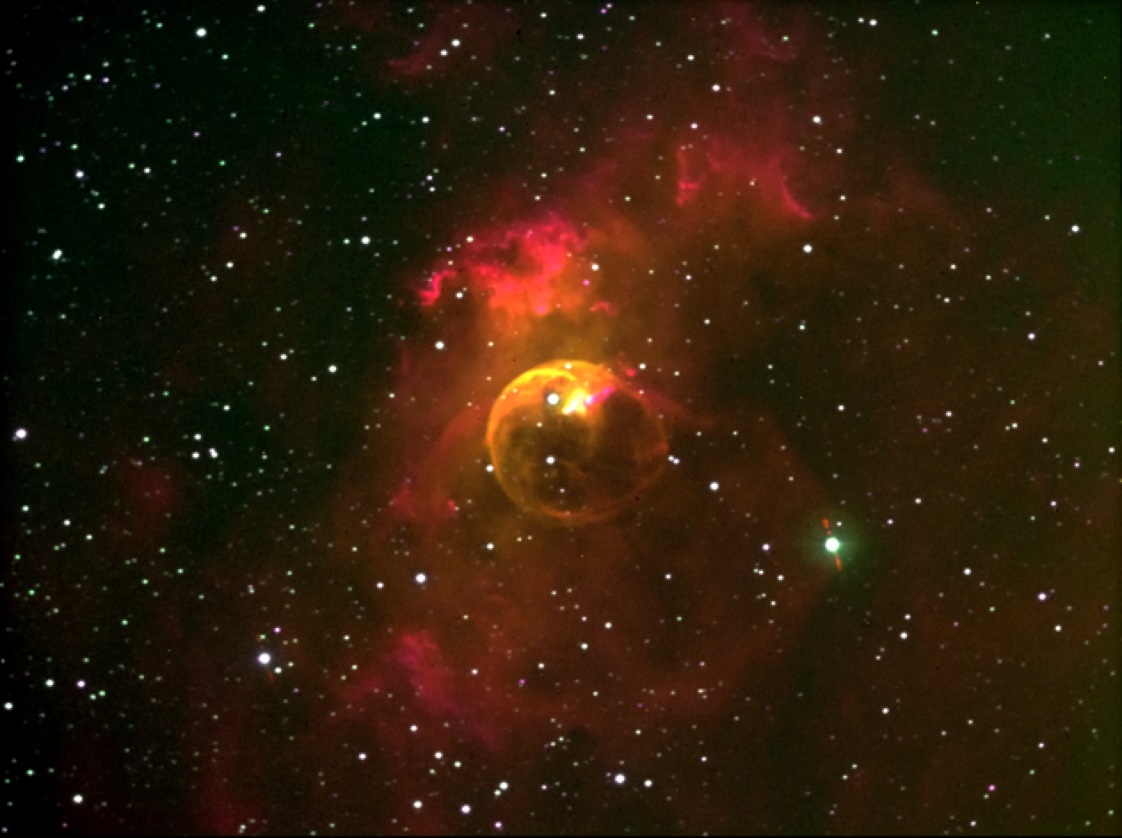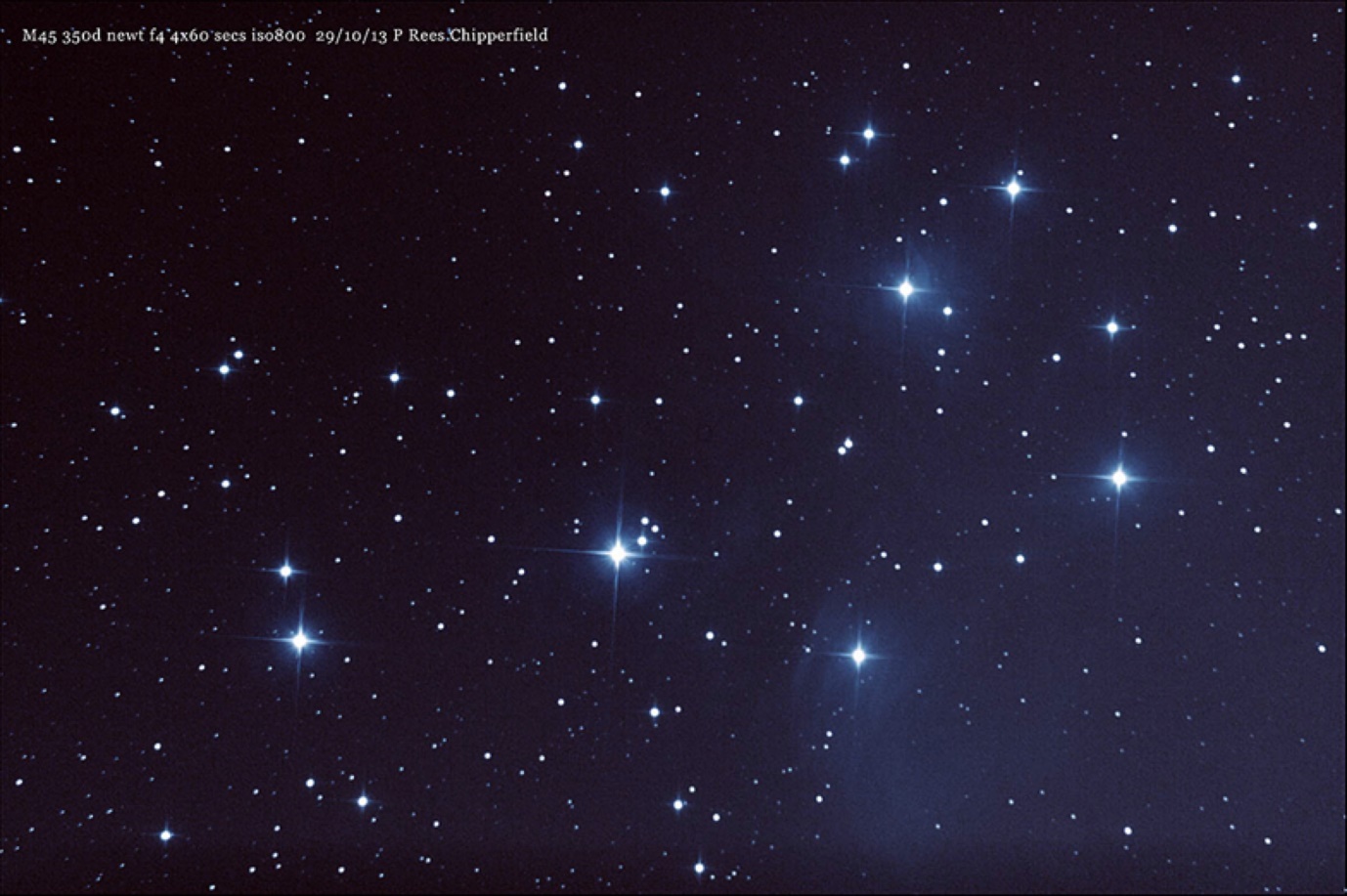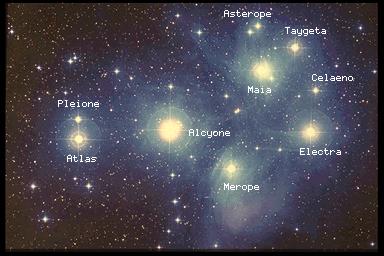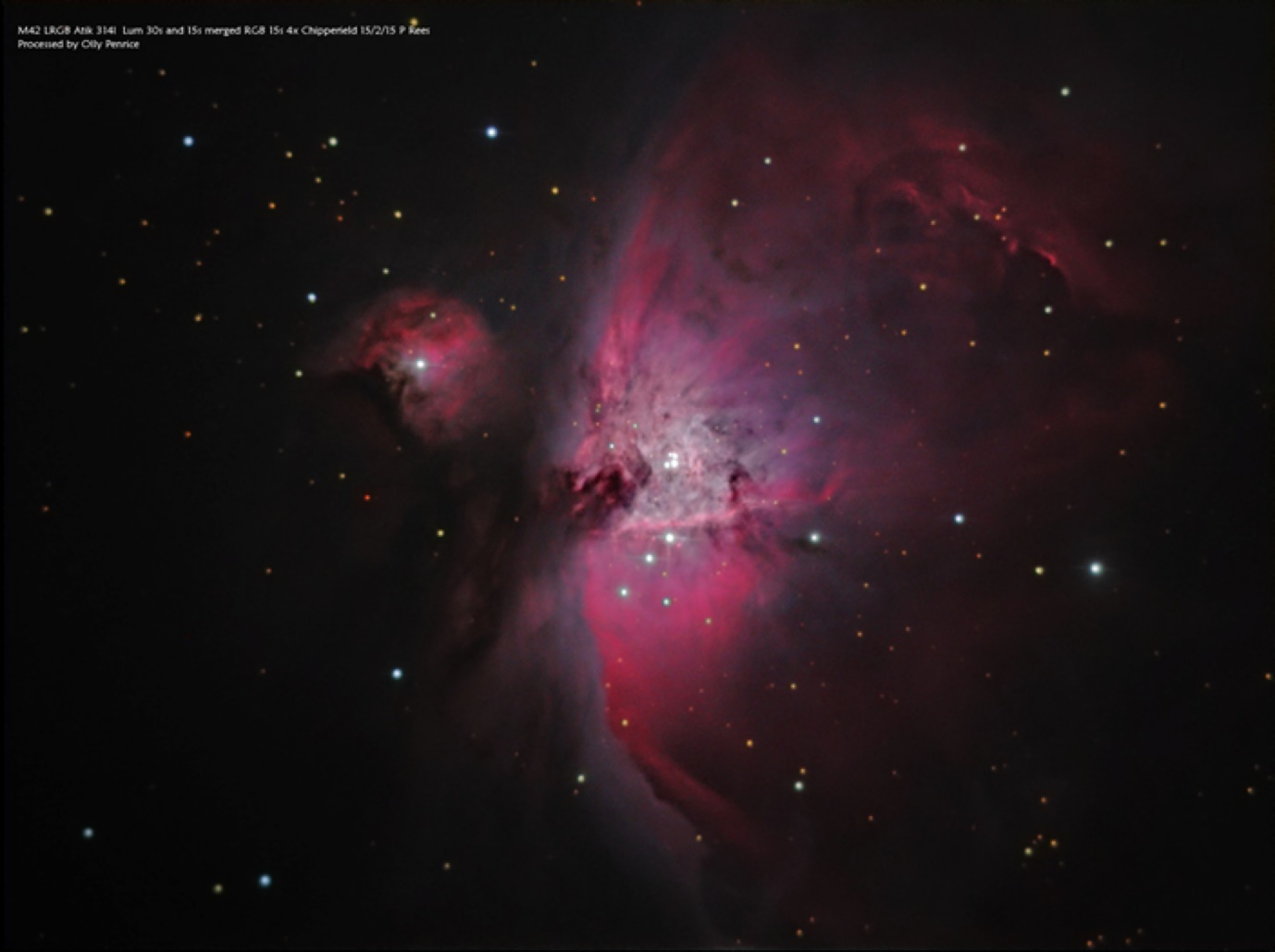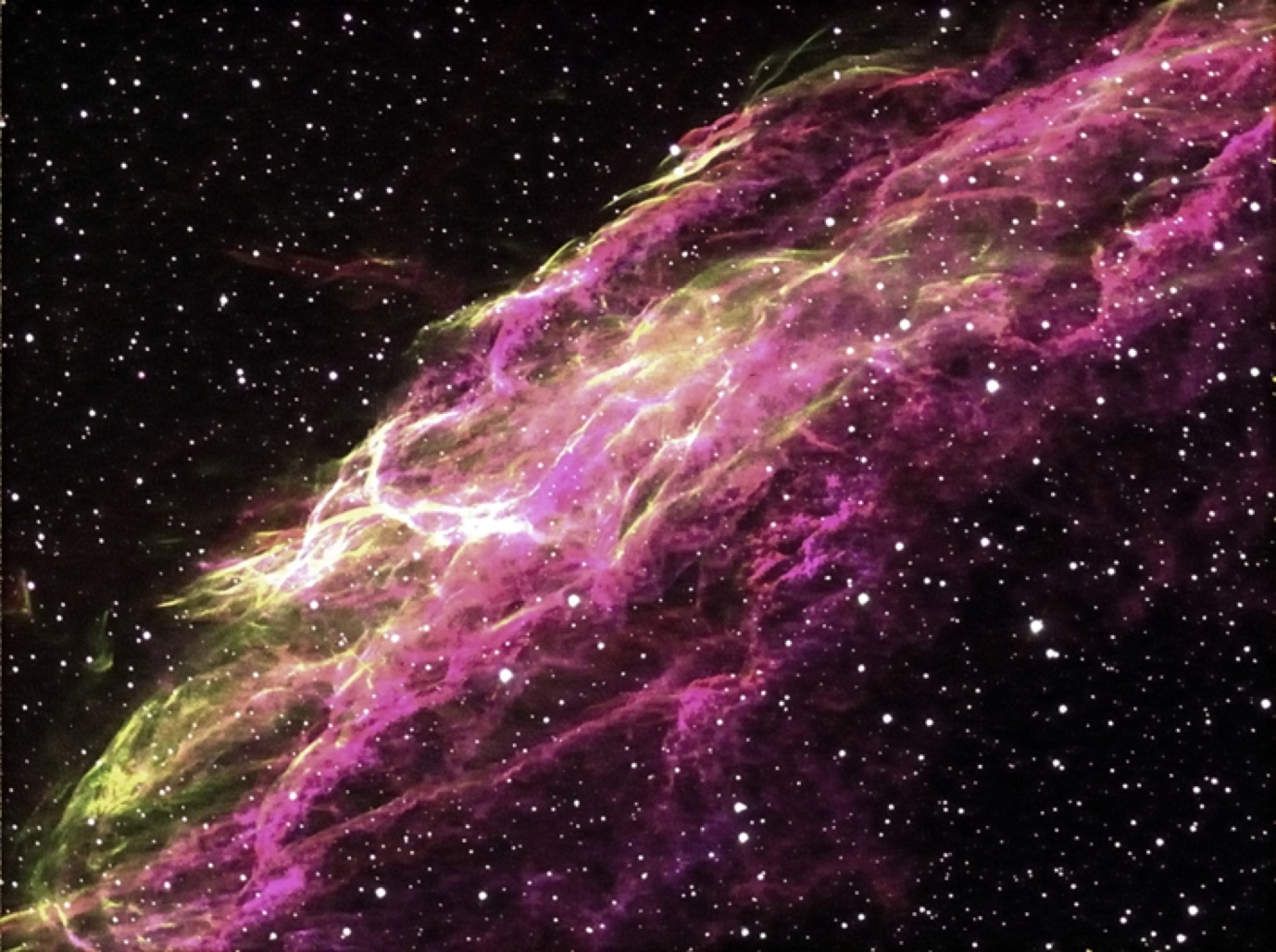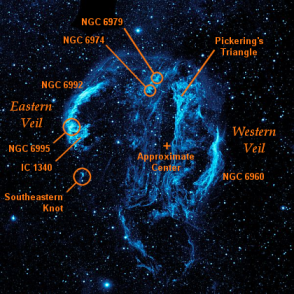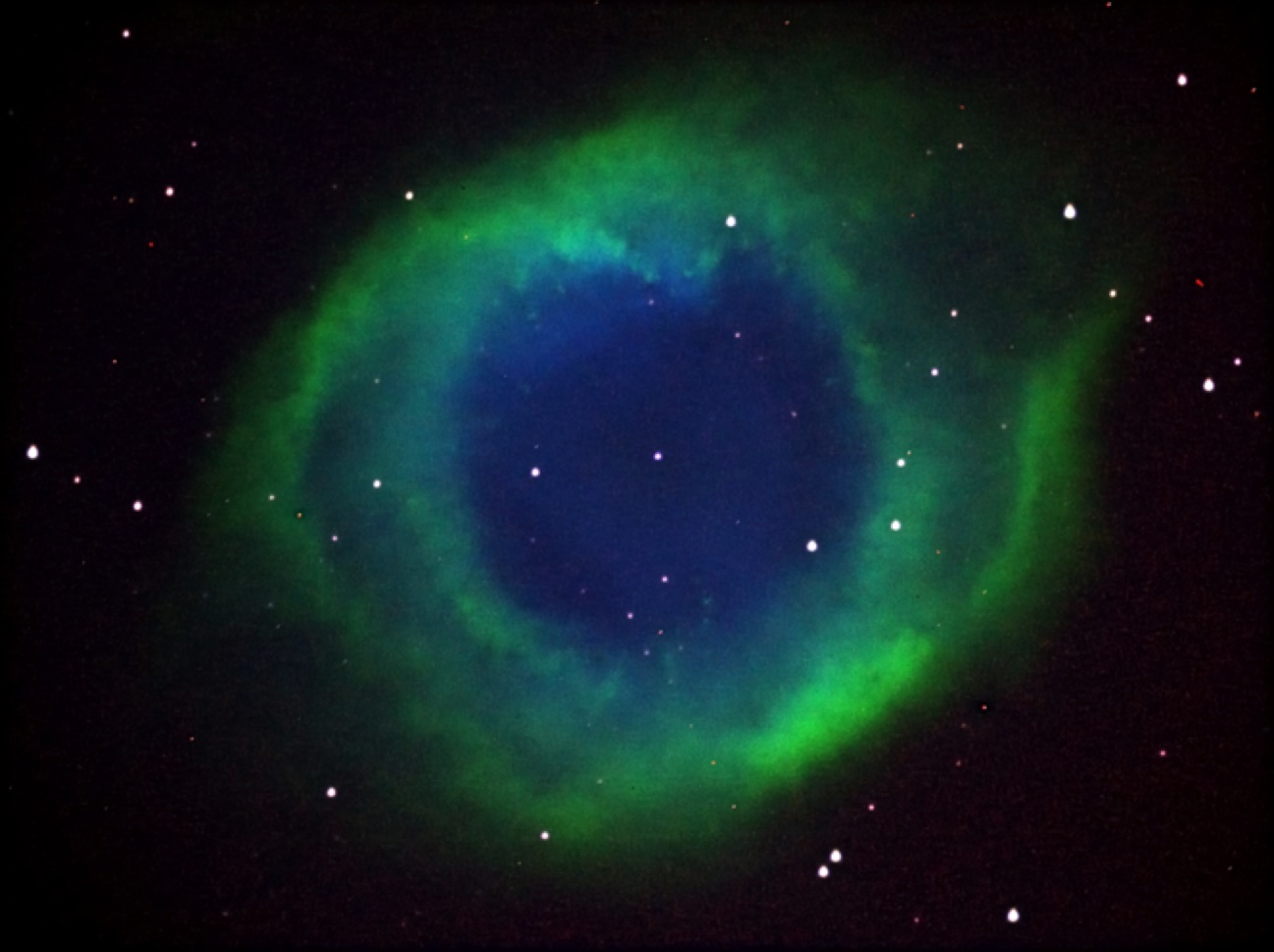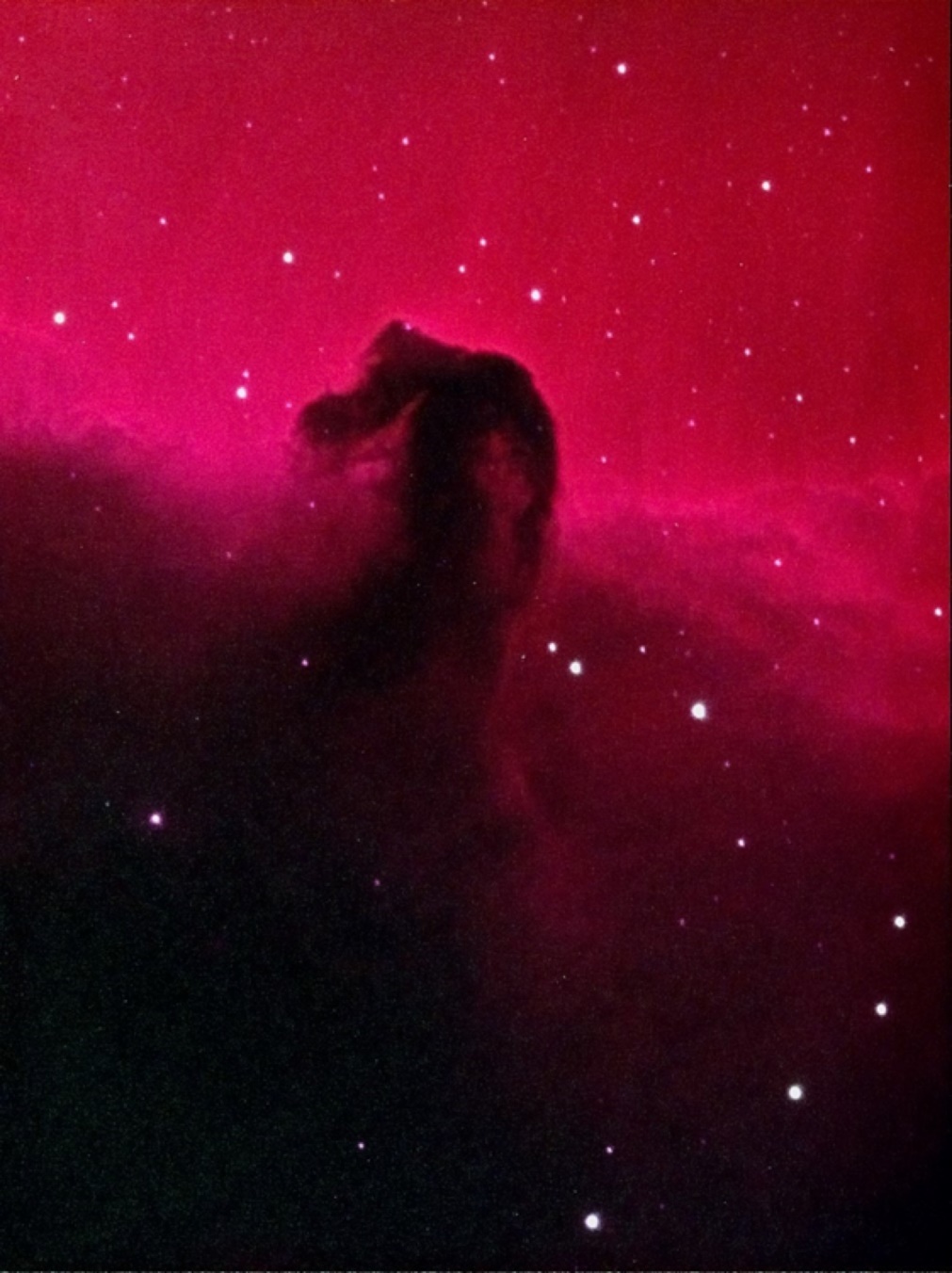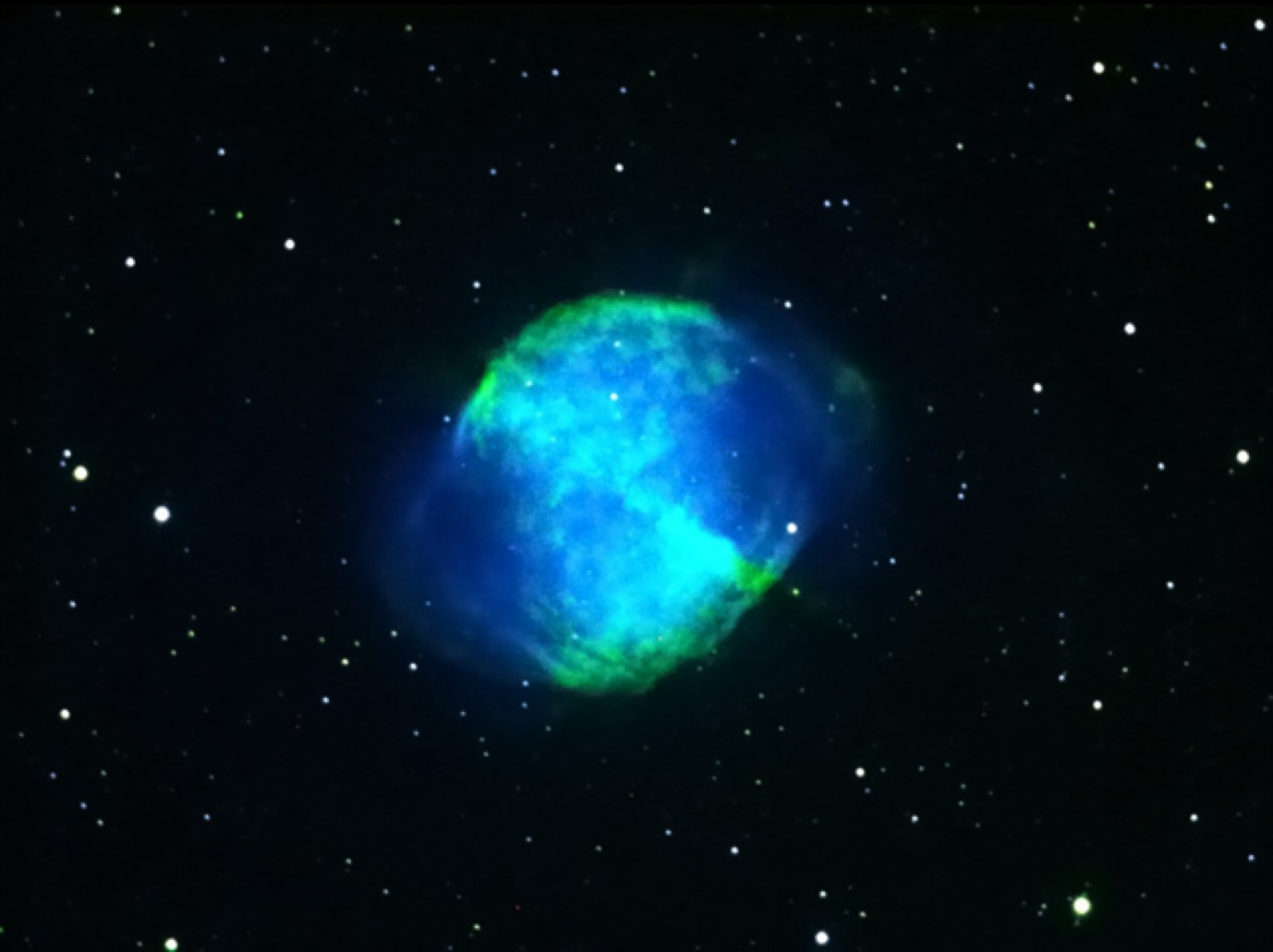Astrophotography
Astrophotography is a fantastic way to capture the night skies, even in built up areas where light pollution is rife.
Here is a small selection of images taken locally by our members to illustrate what can be achieved by using the right skills and amateur equipment.
All of these images were taken locally, with the exception of the Aurora image which was taken in Iceland.
My thanks to Peter, David and Ian for allowing their pictures to be shown here.
Aurora Lake Myvatn, Iceland – Peter Rees
Canon 70D, 15-85mm 15mm f4 ISO1250
The Aurora is an incredible light show caused by collisions between electrically charged particles released from the sun that enter the earth’s atmosphere and collide with gases such as oxygen and nitrogen. These lights are seen around the magnetic poles of the northern and southern hemispheres.
Auroras that occur in the northern hemisphere are called ‘Aurora Borealis’ or ‘northern lights’ and auroras that occur in the southern hemisphere are called ‘Aurora Australis’ or ‘southern lights’.
M1 Crab Nebula – David Hepwood
Messier 1 – M1 – Crab Nebula (Supernova Remnant)
The first item in the Messier catalogue is the famous Crab Nebula, a remnant of a supernova explosion observed and recorded by Chinese and Arab astronomers in 1054. The supernova itself was brilliant and with a peak magnitude of –7 was easily visible in daylight. Today, it still rates as one of the brightest natural stellar events ever recorded. Roll on 950+ years and the initial explosive has long since faded but the aftermath – the nebula – remains visible. At mag. +8.4 and with an apparent size of 7×5 arc minutes, it’s a relatively easy target under dark skies and can be spotted with a pair of binoculars.
M1 is located in the zodiacal constellation of Taurus. It’s not difficult to find as it’s positioned just a degree northwest of mag. +3.0 star Zeta Tauri (ζ Tau). The remnant was first observed by John Bevis in 1731. Charles Messier observed it in September 1758 and the appearance of this dying remnant inspired him to begin compiling a list of nebulae that possibly could be mistaken for comets. The list eventually became his famous catalogue. The following century, William Parsons, the Third Earl of Rosse made a drawing of M1 (around 1844) and christened it the Crab Nebula due to its wispy filamentary structure.
M1 is located about 6,500 light-years from Earth and is the only supernova remnant in Messier’s catalogue. It has a radius of 5.5 light-years. At the centre of the nebula is a pulsar, which is the remains of the original star. It’s believed to be about 30 km in diameter and emits pulses of radiation every 33 milliseconds.
M51 – Ian Howarth
Taken from UCLO, Mill Hill.
The Whirlpool Galaxy, also known as Messier 51a, M51a, or NGC 5194, is an interacting grand-design spiral galaxy with a Seyfert 2 active galactic nucleus in the constellation Canes Venatici.
Distance to Earth: 23.16 million light years
Apparent mass: ~160 billion M☉
Magnitude: 8.4
Coordinates: RA 13h 29m 53s | Dec +47° 11′ 43″
Constellation: Canes Venatici
Apparent magnitude (V): 8.4
A black hole, surrounded by a ring of dust, is thought to exist at the heart of the spiral. The dust ring stands almost perpendicular to the relatively flat spiral nebula. A secondary ring crosses the primary ring on a different axis, a phenomenon that is contrary to expectations. A pair of ionization cones extend from the axis of the main dust ring.
The very pronounced spiral structure of the Whirlpool Galaxy is believed to be the result of the close interaction between it and its companion galaxy NGC 5195; specifically, its passing through the main disk of M51 about 500 to 600 million years ago. In this model, NGC 5195 came from behind M51 through the disk towards the observer and made another disk crossing as recently as 50 to 100 million years ago until it is where we observe it to be now, slightly behind M51.
NGC7635 Bubble Nebula – David Hepwood
NGC 7635, also called the Bubble Nebula, Sharpless 162, or Caldwell 11, is a H II region emission nebula in the constellation Cassiopeia. It lies close to the direction of the open cluster Messier 52.
Constellation: Cassiopeia
Apparent Magnitude: ~10
Distance: 7,100 – 11,000 ly
Radius: 3 – 5 ly
Expansion rate: 4 million miles per hour (7 million kilometers per hour).
Type: Emission Nebula
The Bubble Nebula (NGC 7635), found in the constellation of Cassiopeia, is an emission nebula discovered in 1787 by Friedrich Wilhelm Herschel. It resembles a “giant bubble” in outer space – and one might wonder what created this huge and impressive formation. The answer is a massive star at the center, constantly emitting a fierce stellar wind of ionized gas that stimulates the inner layers of the nebula cloud causing them to glow.
NGC 7635 is part of the larger complex of three bubbles around the massive star and also belongs to a larger network known as Sharpless 162 or S162. S162 lies near the galactic plane in the Perseus arm at a distance of about 3.6 kpc and has been created with the help of other stars as well. Some of its main characteristics are:
What is an emission nebula? It consists of high temperature gas that emits radiation of different colors depending on its composition (e.g. hydrogen or helium). These nebulae are usually the site of recent and ongoing star formation and their colors can be easily observed with an 8-inch telescope and a long-exposure photograph.
The core of the nebula is an 8.7 magnitude blue star known as SAO 20575 or BD+60 2522. It is almost 40 times more massive than our Sun, emitting a wind so hot and intense that it pushes any surrounding sparse gas into a shell. The energetic radiation emitted from the star ionizes this shell, causing it to glow.
M45 Pleiades – Peter Rees
Chipperfield – Canon 350D, 8” Newtonian f4 4×60 secs, ISO800
The Pleiades or Seven Sisters (Messier 45 or M45), is an open star cluster containing middle-aged, hot B-type stars located in the constellation of Taurus. It is among the nearest star clusters to Earth and is the cluster most obvious to the naked eye in the night sky. The celestial entity has several meanings in different cultures and traditions.
The cluster is dominated by hot blue and extremely luminous stars that have formed within the last 100 million years. Dust that forms a faint reflection nebulosity around the brightest stars was thought at first to be left over from the formation of the cluster (hence the alternative name Maia Nebula after the star Maia), but is now known to be an unrelated dust cloud in the interstellar medium, through which the stars are currently passing. Computer simulations have shown that the Pleiades was probably formed from a compact configuration that resembled the Orion Nebula. Astronomers estimate that the cluster will survive for about another 250 million years, after which it will disperse due to gravitational interactions with its galactic neighbourhood.
M42 Orion Nebula – Peter Rees
Chipperfield. Atik 314L camera, LRGB, L 30s, RGB 4x15s each, Newtonian 8”.
The Orion Nebula (also known as Messier 42, M42, or NGC 1976) is a diffuse nebula situated in the Milky Way, being south of Orion’s Belt in the constellation of Orion. It is one of the brightest nebulae, and is visible to the naked eye in the night sky. M42 is located at a distance of 1,344 ± 20 light years and is the closest region of massive star formation to Earth. The M42 nebula is estimated to be 24 light years across. It has a mass of about 2000 times the mass of the Sun. Older texts frequently refer to the Orion Nebula as the Great Nebula in Orion or the Great Orion Nebula.
The Orion Nebula is one of the most scrutinized and photographed objects in the night sky, and is among the most intensely studied celestial features. The nebula has revealed much about the process of how stars and planetary systems are formed from collapsing clouds of gas and dust. Astronomers have directly observed protoplanetary disks, brown dwarfs, intense and turbulent motions of the gas, and the photo-ionizing effects of massive nearby stars in the nebula.
Veil Nebula (part) – David Hepwood
The Veil Nebula is a cloud of heated and ionized gas and dust in the constellation Cygnus. It constitutes the visible portions of the Cygnus Loop, a large but relatively faint supernova remnant.
Distance to Earth: 1,470 light years
Magnitude: 7
Coordinates: RA 20h 45m 38s | Dec +30° 42′ 30″
Constellation: Cygnus
Apparent magnitude (V): 7
The Veil Nebula is a cloud of heated and ionized gas and dust in the constellation Cygnus. It constitutes the visible portions of the Cygnus Loop (radio source W78, or Sharpless 103), a large but relatively faint supernova remnant. The source supernova exploded circa 3,000 BC to 6,000 BC, and the remnants have since expanded to cover an area roughly 3 degrees in diameter (about 6 times the diameter, or 36 times the area, of the full moon). The distance to the nebula is not precisely known, but Far Ultraviolet Spectroscopic Explorer (FUSE) data supports a distance of about 1,470 light-years.
The Hubble Space Telescope captured several images of the nebula. The analysis of the emissions from the nebula indicate the presence of oxygen, sulfur, and hydrogen. This is also one of the largest, brightest features in the x-ray sky.
NGC7293 Helix Nebula – David Hepwood
The Helix Nebula, also known as The Helix, NGC 7293, is a large planetary nebula located in the constellation Aquarius.
Distance to Earth: 694.7 light years
Magnitude: 7.6
Absolute magnitude: 6.58
Coordinates: RA 22h 29m 39s | Dec -20° 50′ 14″
Constellation: Aquarius
Apparent magnitude (V): 7.6
The Helix Nebula is an example of a planetary nebula, formed by an intermediate to low-mass star, which sheds its outer layers near the end of its evolution. Gases from the star in the surrounding space appear, from our vantage point, as if we are looking down a helix structure. The remnant central stellar core, known as a planetary nebula nucleus or PNN, is destined to become a white dwarf star. The observed glow of the central star is so energetic that it causes the previously expelled gases to brightly fluoresce.
The Helix Nebula in the constellation of Aquarius lies about 700 light-years away, spanning about 0.8 parsecs (2.5 light-years). Recent images by the Hubble Space Telescope of the Helix Nebula are a composite of newly released images from the ACS instrument and the wide-angle images from the Mosaic Camera on the WIYN 0.9-metre telescope at Kitt Peak National Observatory.
Currently, the age is estimated to be 10600+2300
−1200 years, based solely upon a measured expansion rate of 31 km·s−1.
Horsehead Nebula – David Hepwood
The Horsehead Nebula (also known as Barnard 33 ) is a dark nebula in the constellation Orion. The nebula is located just to the south of the star Alnitak, which is farthest east on Orion’s Belt, and is part of the much larger Orion Molecular Cloud Complex.
Distance to Earth: 1,500 light years
Magnitude: 6.8
Discovered: 1888
Coordinates: RA 5h 40m 59s | Dec -2° 27′ 30″
Constellation: Orion
Discoverer: Williamina Fleming
M27 Dumbell Nebula – David Hepwood
The Dumbell Nebula (also known as Apple Core Nebula, Messier 27, M 27, or NGC 6853) is a planetary nebula in the constellation Vulpecula, at a distance of about 1,360 light-years.
This object was the first planetary nebula to be discovered; by Charles Messier in 1764. At its brightness of visual magnitude 7.5 and its diameter of about 8 arcminutes, it is easily visible in binoculars, and a popular observing target in amateur telescopes.
The Dumbbell Nebula appears to be shaped like an prolate spheroid and is viewed from our perspective along the plane of its equator. In 1992, Moreno-Corral et al. computed that its rate of expansion in the plane of the sky was no more than 2.3″ per century. From this, an upper limit to the age of 14,600 yr may be determined. In 1970, Bohuski, Smith, and Weedman found an expansion velocity of 31 km/s. Given its semi-minor axis radius of 1.01 ly, this implies that the kinematic age of the nebula is some 9,800 years
Knots
Like many nearby planetary nebulae, the Dumbbell contains knots. Its central region is marked by a pattern of dark and bright cusped knots and their associated dark tails (see picture). The knots vary in appearance from symmetric objects with tails to rather irregular tail-less objects. Similarly to the Helix Nebula and the Eskimo Nebula, the heads of the knots have bright cusps which are local photoionization fronts
Central star
The central star, a white dwarf, is estimated to have a radius which is 0.055±0.02 R☉ which gives it a size larger than any other known white dwarf. The central star mass was estimated in 1999 by Napiwotzki to be 0.56±0.01 M☉

